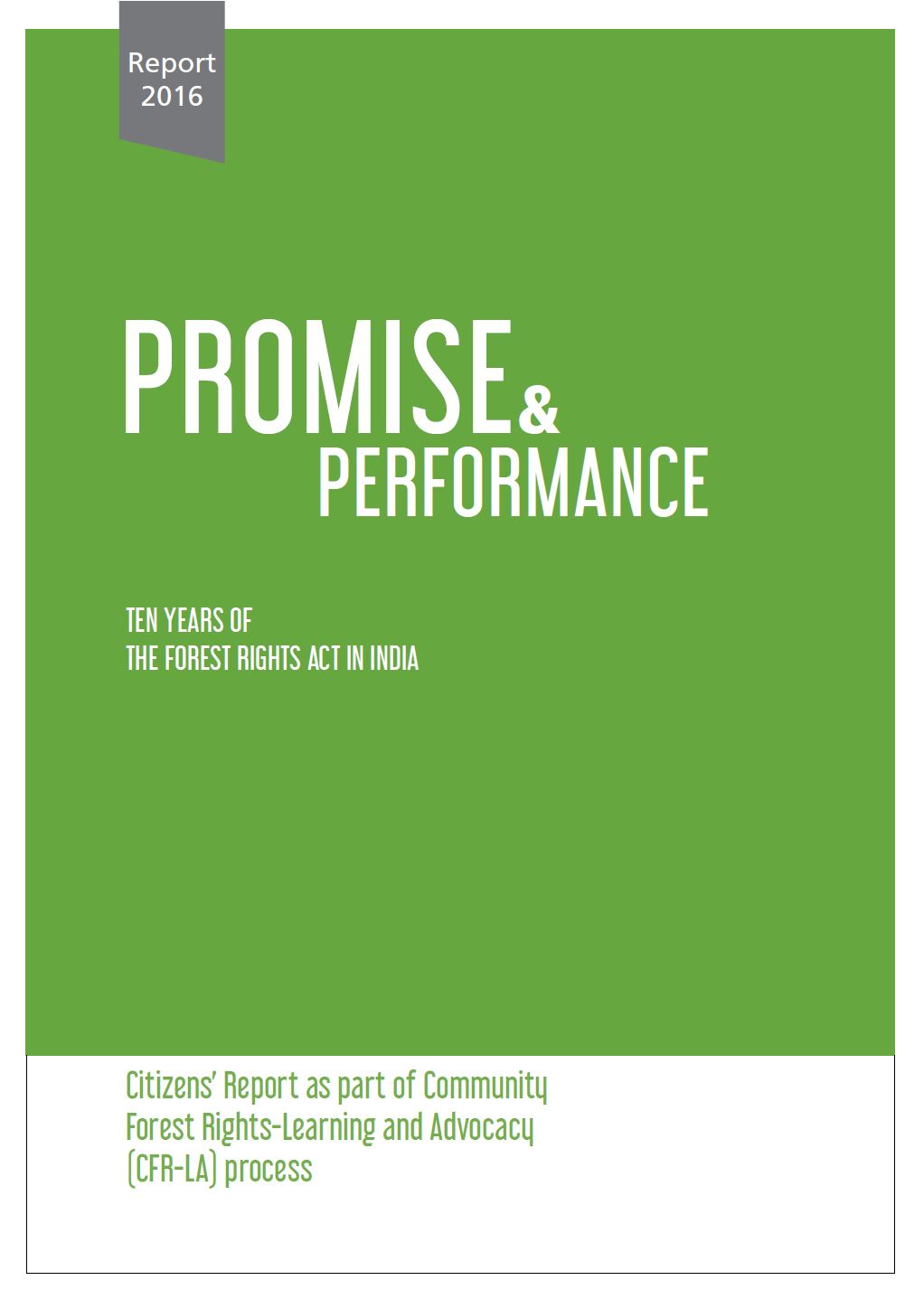Date: December 13, 2016
The Promise
- The bare minimum estimated potential forest area over which Community Forest Resource (CFR) rights can be recognized in India (excluding five north-eastern states and J&K) is approximately 85.6 million acres (34.6 million ha).
- Rights of more than200 million Scheduled Tribes (STs) and Other Traditional Forest Dwellers (OTFDs) in over 170,000 villages are estimated to get recognized under FRA.
Beyond the numbers, this report highlights FRA’s potential in transforming forest governance by empowering local communities and the gram sabha to protect and conserve forests; ensuring livelihood security and poverty alleviation; securing gender justice; meeting SDG, especially the goals of eliminating poverty and achieving ecological sustainability; and dealing with climate change. By securing land and resource rights, FRA provides an opportunity to address Left-wing extremism in 106 districts in India’s 10 states.
https://doi.org/10.53892/DGYR3365

